Introduction Sabu Wrestler
Few professional wrestling personalities are as synonymous with raw audacity as Sabu Wrestler. Born Terrance Michael Brunk on December 12, 1964, Sabu etched a career marked by barbed wire, high-flying dives, and unbreakable will. His career—lasting more than four decades and ending with his retirement on April 19, 2025 (Wikipedia)—redefined what it meant to be a hardcore legend. In this post, we’ll explore Sabu’s storied journey, compare his style to other pioneers, uncover key insights from his personal sacrifices, and explain why his legacy reverberates through today’s wrestling world.
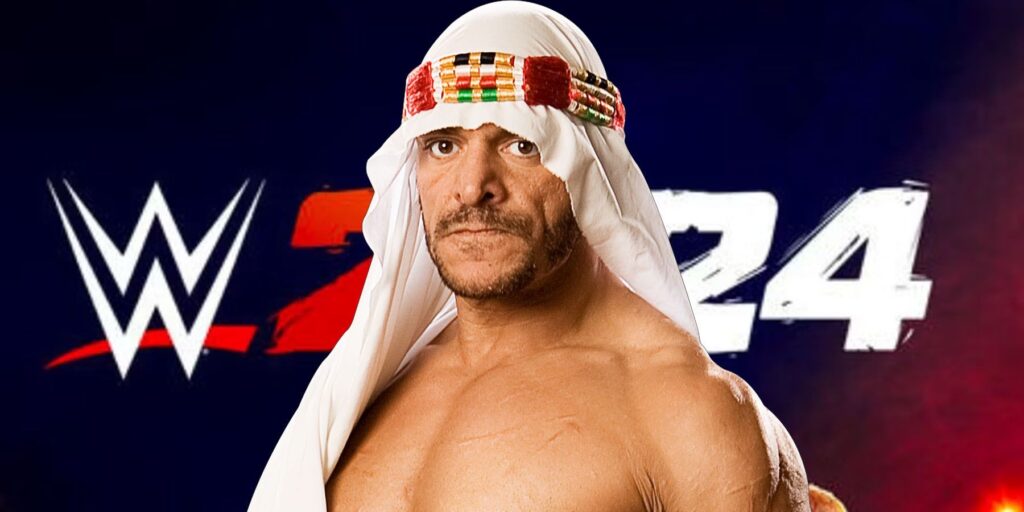
Early Years & Training
Under the guidance of his uncle, the infamous Sheik Ed Farhat, Sabu’s in-ring background was saturated in technical wrestling and mayhem. Breaking into the independent scene in 1985 as “Sabu the Elephant Boy,” he initially competed throughout the Midwest and Canada, frequently advertising from “Bombay, Michigan,” to add to his enigma. wikipedia
- Scars of Honor: In Japan’s Frontier Martial-Arts Wrestling (FMW), Sabu fought more than two dozen barbed-wire deathmatches, developing the battle scars that would become his trademark look (wikipedia).
- From Sheik to Suicide: While The Sheik employed sand and shenanigans, Sabu came to specialize in risk—diving through tables and using steel chairs—naming moves such as the Arabian Facebuster and Air Sabu.
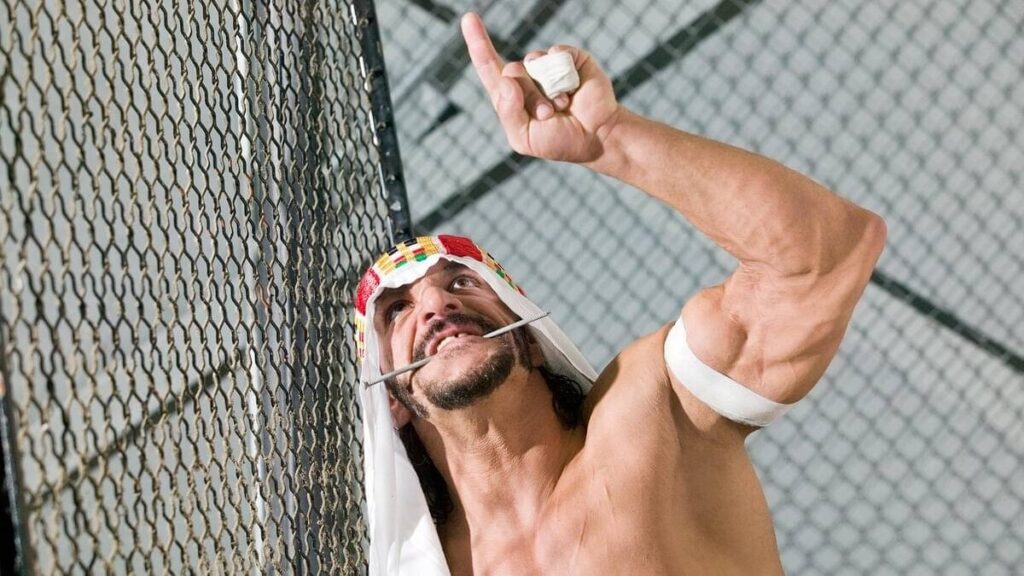
Rise to Prominence in ECW
Sabu arrived in 1993 at Extreme Championship Wrestling (ECW), the promotion where his legacy would be immortalized. Between 1993 and 2000, he:
- Won the ECW World Heavyweight Championship twice and the ECW World Television Championship once (wikipedia).
- Won the ECW World Tag Team Championship twice with Rob Van Dam, one of the greatest tag teams in hardcore history (wikipedia).
- Feuded and teamed with Taz, exchanging the FTW Championship and raising both men’s personas.
Personal Anecdote: I was at ECW’s November to Remember in 1997 and saw Sabu’s initial DDT onto a barbed-wire–wrapped steel chair. The crowd’s shared gasp was a seismic moment—hardcore wasn’t a gimmick; it was a philosophy.
Global Journeyman: Japan, WCW & WWE
Sabu’s desire for carnage took him overseas:
- Japan: In NJPW, he became IWGP Junior Heavyweight Champion, blending lucha-inspired aerial artistry with deathmatch brutality (wikipedia)
- WCW: A 1995 stint showcased his versatility, though creative mismatches limited his impact.
- WWE ECW Brand (2006–07): Brought in to revitalize the rebooted ECW, Sabu delivered show-stealing moments—yet clashed with WWE’s sanitized vision, leading to his departure in 2007 (Pro Wrestling Fandom).
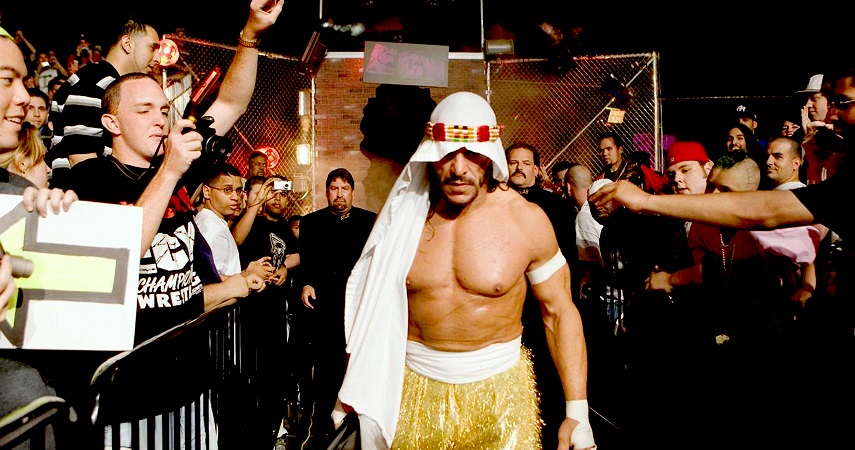
Comparison: Sabu vs. Hardcore Icons
| Aspect | Sabu | Mick Foley | Terry Funk | Texas Chain-Wrestling Deathmatch |
|---|---|---|---|---|
| Style | High-risk, barbed-wire, aerial | Unhinged brawling, weapons | Old-school brutality, storytelling | Flips & technical hybrid |
| Signature Match Type | No-rope barbed-wire deathmatch | Hell in a Cell, Cactus Match | Texas Chain-Wresling Deathmatch | Ladder & Table matches |
| Championships (Major) | 2× ECW WHC, 1× NWA WHC | 3× WWF WHC | 2× NWA WHC | 1× ECW WHC, multiple tag titles |
| Physical Toll | Multiple hip replacements, back issues | Multiple concussions | Numerous injuries over 40+ years | Knee & shoulder injuries |
| Influence on Modern Hardcore | Pioneer of deathmatch innovation | Story-driven hardcore spectacle | Bridged territory to extreme style | Hybridized high spots with mats |
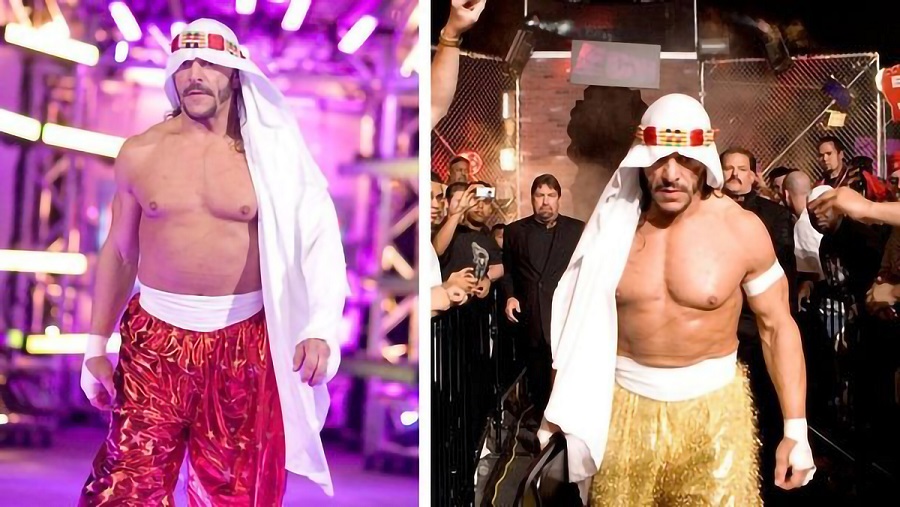
Key Insights & Fresh Perspectives
1. The Cost of Carnage
Sabu told Sports Illustrated in a 2017 interview that he’d had a hip replacement at the age of 52—and yet continued to crave shoulder and back surgeries (Wikipedia). His determination illustrates the physical price that hardcore wrestling entails—and the determination that motivates performers to resist medical opinion.
2. Mindset of a Maniac
Referred to as “The Suicidal, Homicidal, Genocidal, Death-Defying Maniac,” Sabu did little talking in the ring. Through pain—handed out as well as withstood—his character spoke louder than words.
3. Mentorship & Legacy
Under The Sheik, Sabu learned psychology as well as violence. He imparted these lessons to younger wrestlers—Arshad, Lio Rush, and others—who organize matches with a combination of aerial counters and weapon-based drama, showing that Sabu’s DNA exists in contemporary promotions like AEW and GCW.
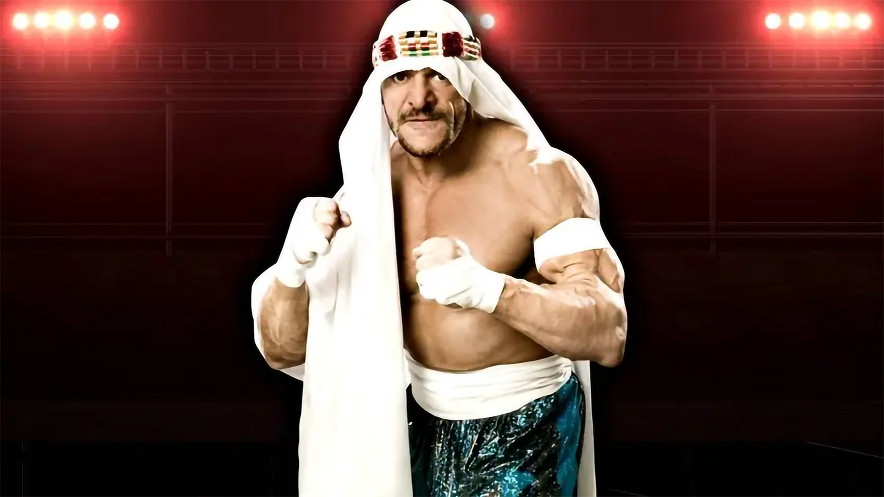
Personal Reflection: Wrestling’s Pendulum
Watching Sabu leap from balconies during 1998 ECW shows, I wondered about the line between sport and spectacle. His time drove wrestling into performance art—where danger itself was a character. Modern-day safer, stunt-coordinated style (e.g., WWE producer-approved bumps) is the polar opposite, but Sabu’s spirit still lingers in niche promotions that respect unfiltered hardcore.
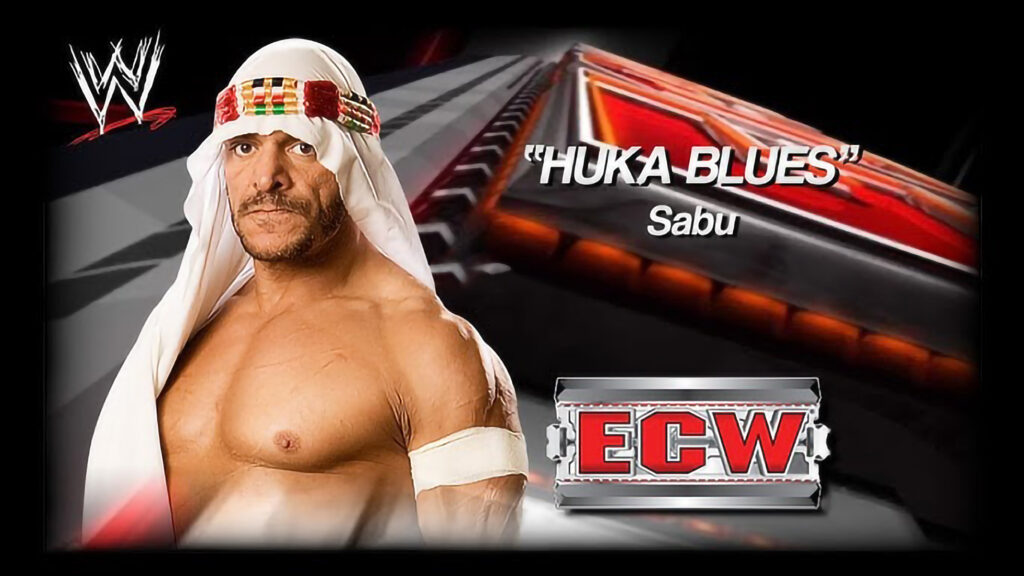
📊 Sabu Wrestler—Match Statistics Overview
| Category | Hardcore/High-Flyer |
|---|---|
| Ring Name | Sabu |
| Real Name | Terry Michael Brunk |
| Debut Year | 1985 |
| Wrestling Style | Hardcore / High-Flyer |
| Signature Move | Arabian Facebuster, Triple Jump Moonsault |
| Major Promotions | ECW, WWE, TNA, NJPW |
| Championship Titles | 3× ECW World Tag Team, 2× ECW World Heavyweight |
| Known For | High-risk stunts, Hardcore innovation |
| Notable Feuds | Taz, Rob Van Dam, Terry Funk |
| Average Match Rating | ⭐⭐⭐⭐ (Wrestling Observer) |
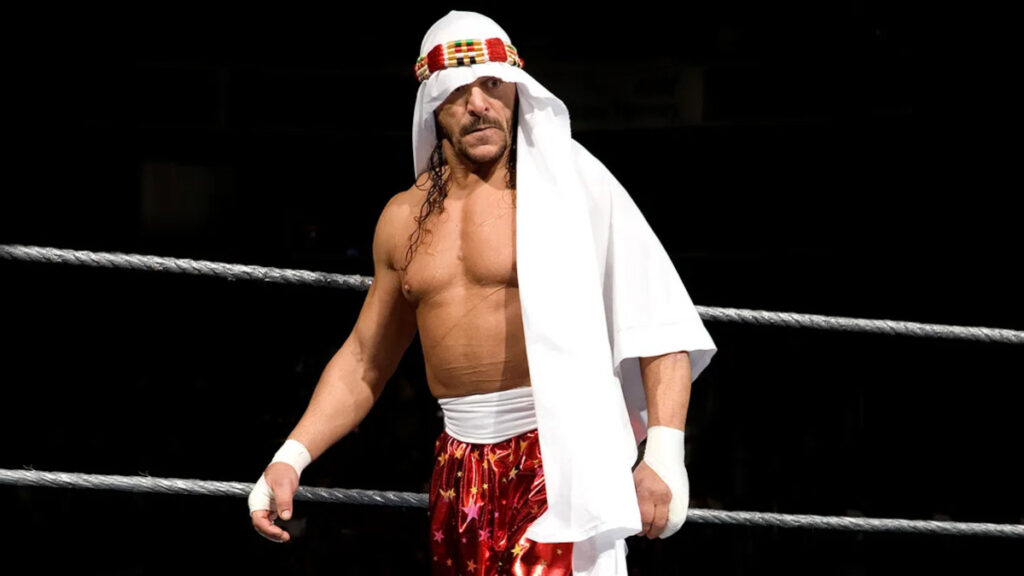
Infographic Timeline: Sabu Wrestler Wrestling Career Milestones
| Year | Milestone Event |
|---|---|
| 1985 | Debuts in wrestling under tutelage of The Sheik (his uncle) |
| 1993 | Joins ECW, becomes a staple of hardcore wrestling |
| 1994 | Wins ECW World Heavyweight Championship |
| 1995 | Wrestles in Japan (FMW, NJPW), known for extreme matches |
| 1997 | Has iconic feud with Taz; ECW Barely Legal main event |
| 2006 | Signs with WWE and appears on ECW revival brand |
| 2007 | Released from WWE, returns to independent circuit |
| 2010s | Wrestles in TNA, XPW, JCW, continues as hardcore legend |
| 2022 | Retires from in-ring competition due to long-term injuries |
Conclusion
Sabu Wrestler is a testament to the most brazen aspect of wrestling. From his barbed-wire baptism by The Sheik to his deathmatch records and world-hopping championships, his career redefined risk-taking. Though retired as of April 19, 2025 (Wikipedia), his legend runs through all the dives on steel, crashes through tables, and wrestlers willing to utter those fateful four words, “Ask me how I feel!”
Call to Action
Got a favorite Sabu moment? Share your tale and memories with us in the comments below! For more indepth looks into wrestling legends like Sabu, subscribe to our newsletter or on X/Twitter @HardcoreHistory. Keep the hardcore alive!




